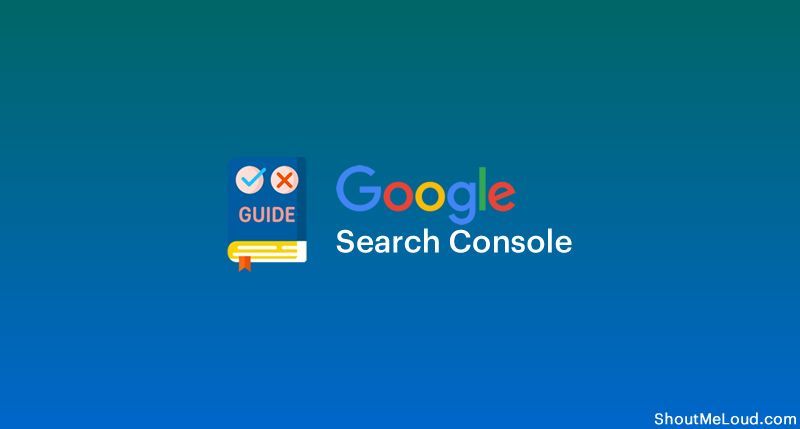
How Long Does it Take to Build a Website?
Number 1 question we get from most potential clients when doing a website? How long does it take to build a website?
The overall website design and development process for a basic website for small and medium business includes a series of common steps necessary to successfully launch a website:
- Planning (1-2 weeks)
- Content creation and revisions (2-4 weeks). Number of pages.
- Website design (1-2 weeks). How many unique pages?
- SEO optimization (2-3 days)
- Testing and review (3-7 days)
In total, you’re looking at 5-9 weeks from ideation to completion. These time frames are estimations, and your process may take more or less time depending on how complex your site is going to be. Let’s dive into the details of each step. A simple 10-15 page website should take about 4-6 weeks. This time frame is assuming it is a custom design. If you have someone telling you they can make a website for you in a week; then it’s not a custom design. For a 25-40 page website, it might take anywhere from 6 weeks to 6 months
Step 1: Planning
This initial phase lays the groundwork for your website. What is your target demographic? Will your website include a blog? What color scheme and design elements will work? After completing the planning phase, you should thoroughly understand how you or the developer intend to proceed.
The length of time spent in this window of development depends on a few factors:
- The complexity of the website: Is it a single scrolling page or a series of web pages?
- The creator of the website: Are you building it yourself, working with a single developer or hiring a team?
- The purpose of the website: Does building this website help customers understand how your business functions? Is it used to sell products or services?
When you are planning your website, you need to be mindful of issues that typically contribute to the dissolution and abandonment of websites. Here are some examples:
- A lack of updates and stale content
- Bugs and maintenance issues
- Poor user experience (UX)
- Inability to connect with the target audience
- Poor search engine optimization (SEO)
By addressing common problems during the planning step with a long-term strategy, you could help extend the anticipated lifespan of your website after launch.
Step 2: Content Creation
By far the biggest bottleneck to the timing of a website launch is how quickly the content can be provided. This is usually the biggest hurdle because the content is provided by the client. And they are often too caught up in the day-to-day dealings of their business to spend the needed time organizing and preparing the content. This is a problem we have strived to address in our website design process.
Because of the nature of drafting, recording and editing video or audio for the web, you may need a larger preparation window before launch. But taking the time to create excellent content for your website is an important step when building your website.
Step 3: Web Design
In this phase, your website should begin taking visual shape. Often that means deciding if your website consists of a single scrolling page, a complex system of dozens of responsive pages or perhaps even needs a mobile app.
How quickly it will take to build a new website is largely determined by how big of a project it is. Larger websites take longer than smaller ones. In general, the more pages a website has, the larger the project is and the longer it takes. The reason for this is because each additional page requires additional QA (quality assurance), Mobile Design, graphics, SEO tagging, etc…
Not only is a total number of pages important, but so it the total number of unique page designs. A unique page design has a different looking layout and design than any other page on the site. If you look at most websites, you’ll see that the homepage has a unique design, but often the inner pages all look the same. Sites that have all different looking inner pages are more complex and typically more expensive (see our website pricing guide). But they also take more time to design and develop which impacts how quickly the website can be launched.
Website Build Functionality
The functionality also plays a big role. What is functionality? Basically, anything that is dynamic on a website is the result of functionality. This can be things like filtering functions, such as project categories or portfolio items. Or it can be any movement you see on the screen which is done via HTML5 or java script and requires quite a bit of additional coding.
Step 4: Testing and Review
Once you build a website, a period between its completion and intended launch should get reserved for review and testing. Items to check before letting the site go live:
- Site speed.
- User experience (UX). Does your website include navigation tools such as a menu or “return to top” feature? Is the font too light or small and so hard to read? Do you use AI chatbots or can a customer reach a live human being during business hours? It is crucial to ensure that when you design a website, you are doing so with visitor ease and comfort in mind.
- Content quality. Before launching your website, check back through for writing errors. If you lack confidence in your ability, consider hiring an editor or using a tool, such as Grammarly.
- Plugins. One crucial reason to be mindful of website plugins is that incompatibility can cause various issues. Your webpage might not load correctly due to a plugin error. Run all necessary checks to ensure any plugins are compatible and up to date.
After testing and making necessary changes, you can finally move on to the most exciting part—a successful website launch.
testimonials
Let our team of experts partner with you to achieve your objectives and top your goals

Katherine Margulis
“I worked with the Web Small Business team to help create my company’s new website and online presence. The website turned out amazing! They made the process enjoyable. I highly recommend Web Small Business for any of your digital marketing needs.”
talk to our team
Take The First Step Towards Success:
Get Free proposal & Free First page mockup
We will get back to you as soon as possible
Please try again later
WEB SMALL BUSINESS is a Full-Service Digital Marketing Agency based in Seattle, USA and Montreal, Canada, specializing in Website Design & Development, E-commerce, SEO, User Experience, Conversion Optimization and Social Media Marketing Services. We are focused on lead generation and building brand awareness for small and medium businesses.
let's talk
Let us know a little about your project and we can get started.
DISCOVERY
Competitive analysis
Brand audit
Brand equities & attributes
Brand positioning & strategy
Employee Value Proposition (EVP
WEBSITE PERFORMANCE & MANAGEMENT
Existing website audit & analytics
SEO / SEM
Security optimization
Paid search management
Project management
Site maintenance
CONTENT DEVELOPMENT
Messaging & tagline development
Content development & workshops
Content audit
Copywriting
Tone & voice
Messaging integration across materials and platforms
INTERACTIVE
Website design & development
Responsive design
Cross-platform compatibility
Mobile app design
Wireframe & prototyping
UI/UX expertise & testing
Content management systems (CMS)
All Rights Reserved | Design and Development: websmallbusiness.com










